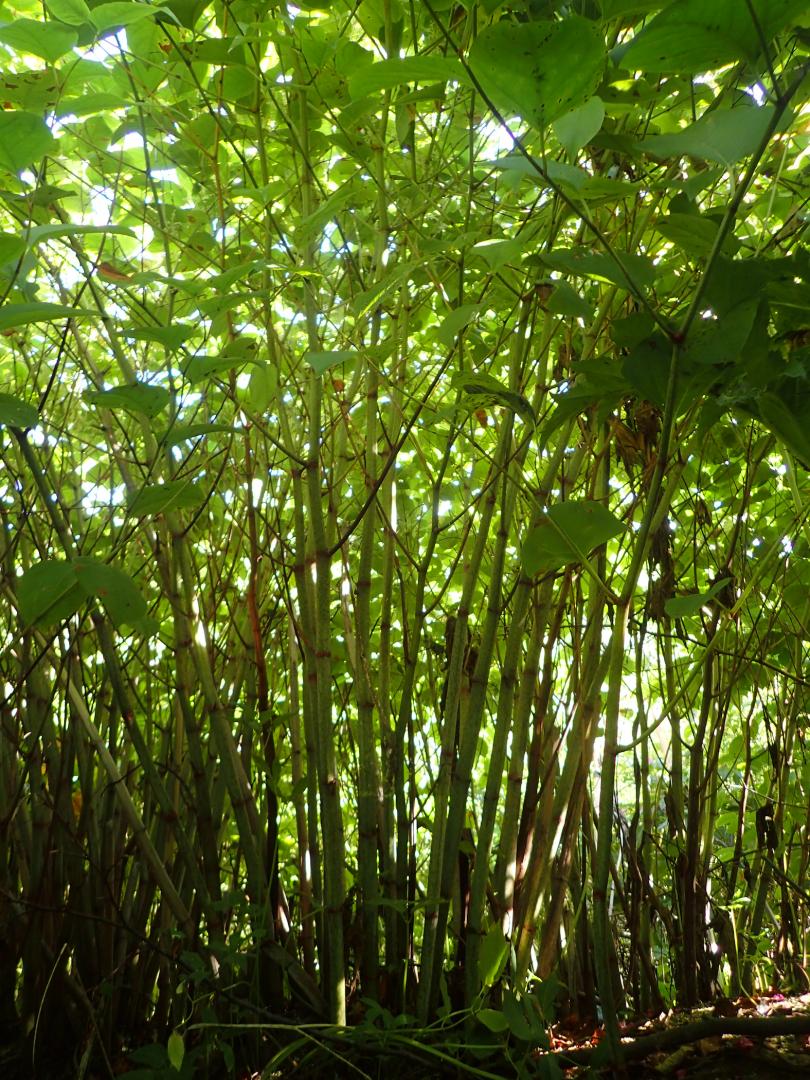A PROJECT to rid the Tees and its tributaries of two non-native invasive plant species has received a £179,000 boost.
The Tees Rivers Trust Long-term Biological Control of Invasive Non Native Species project was one of the first environmental projects awarded a grant from the government’s £80 million Green Recovery Challenge Fund.
The project aims to rid the Tees catchment area of Himalayan balsam and Japanese knotweed using government approved biological control agents produced by the Centre for Agriculture and Biosciences International (CABI).
The cash will be used to hire a new project officer and create ten Himalayan balsam and five Japanese Knotweed biological control sites in various locations throughout the Tees catchment that will be managed and monitored for the long-term establishment of self-sustaining biological control agents.
The highly specific biological control agents that will be released include a rust fungus that exclusively attacks Himalayan balsam plants, and a psyllid, a tiny, sap-sucking insect that is a Japanese knotweed specialist.
Tees Rivers Trust officials say the creation of these sites and release of the biological control agents will facilitate the re-establishment of native flora, increasing biodiversity in the natural environment, improving access, and restoring a safer amenity of local and regional importance.
Once established, the biological control agents from the initial sites will naturally spread over time to other areas affected by Himalayan balsam and Japanese knotweed, and may also be used as sources to transfer and introduce plant material carrying the biological control agents to other problem sites.
Tees Rivers Trust project officer Jennifer Gant said: “Both the natural and cultural heritage of the River Tees and its tributaries are at risk due to the presence of invasive non-native species.
“A typical 100m transect of a stretch of the Tees in its middle and lower reaches contains approximately 60-100 species of flora and fauna, whereas a similar sized stretch colonised by invasive plants comprises little else other than invasive species such as Japanese knotweed and Himalayan balsam.
“These plants also cause issues with riverbank erosion, access and in the case of Japanese knotweed, damage to property.”
Ms Gant added: “The aim of this project is to create a long-term self-sustaining biological control system for two of the most abundant and problematic invasive non-native plants within the Tees catchment, and will form the beginnings of a more sustainable, cost effective and efficient method of controlling Himalayan balsam and Japanese knotweed compared to traditional manual and chemical control strategies that have so far been inadequate.”
The Green Recovery Challenge Fund is a key part of Prime Minister’s ten-point plan to kick-start nature recovery and tackle climate change.
The Tees Rivers Trust was one ofï· 68 projects to receive grants of between £62,000 and £3.8million. A second round of funding is to be made available next year.






